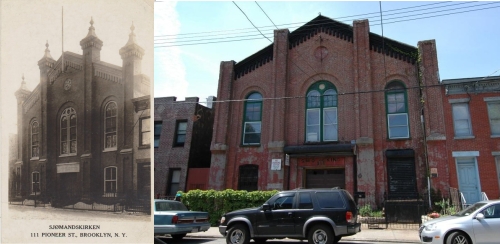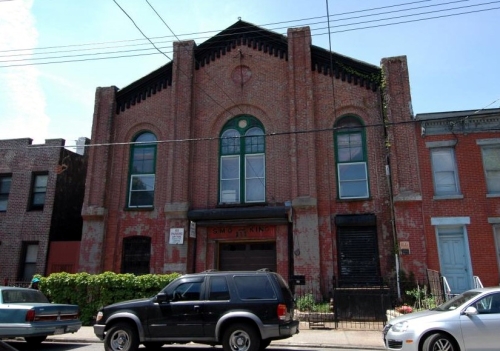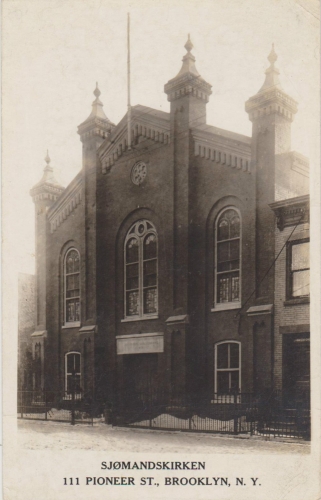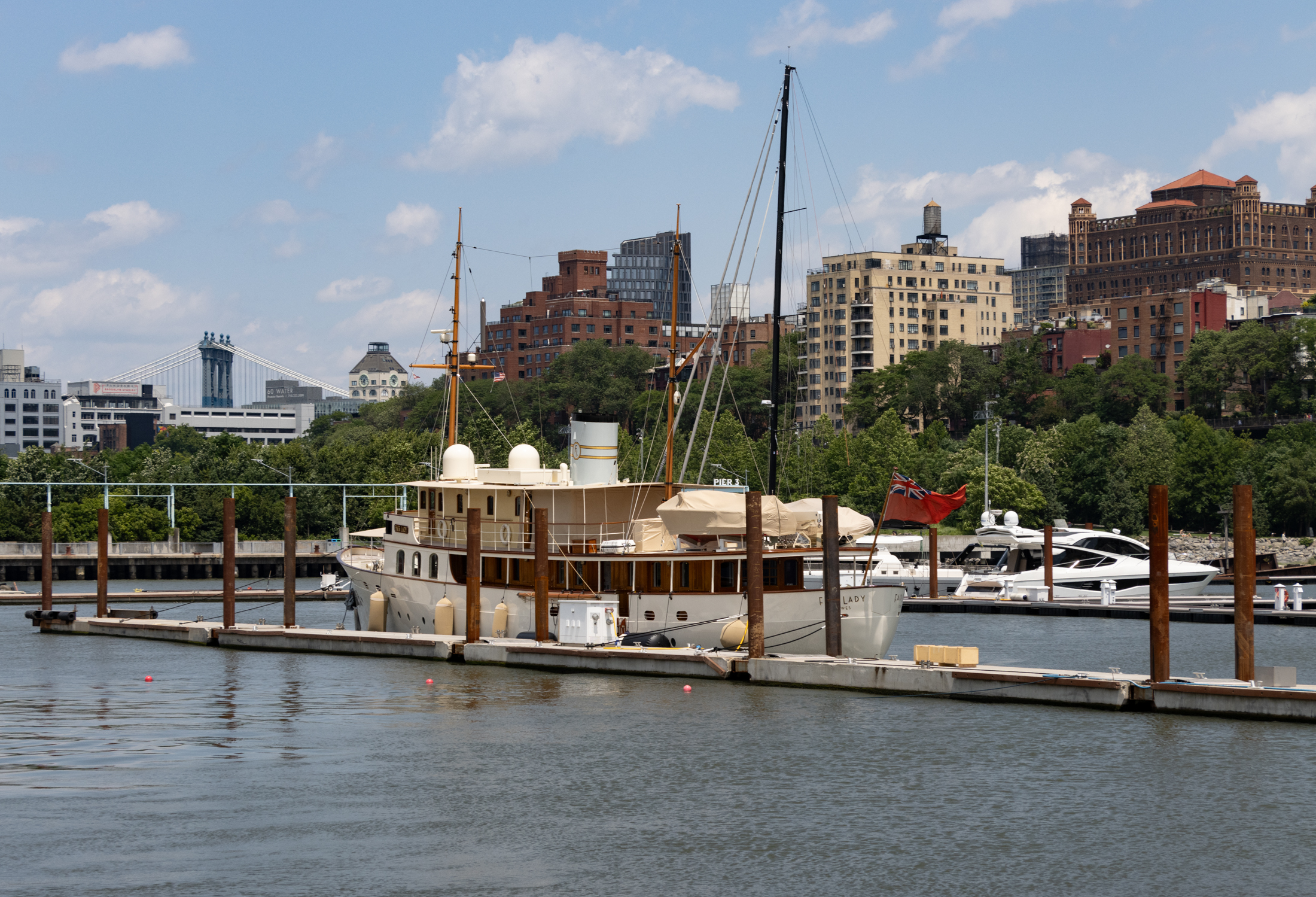Past and Present: The Norwegian Seamen’s Church
A look at Brooklyn, then and now. The Dutch settled the Red Hook area in 1636, naming it Roode Hoek, with “hoek” meaning not the English word “hook,” but a point or corner, where the land juts out into New York Bay. It was a part of the original town of Brooklyn. Farms, businesses, homes…

A look at Brooklyn, then and now.
The Dutch settled the Red Hook area in 1636, naming it Roode Hoek, with “hoek” meaning not the English word “hook,” but a point or corner, where the land juts out into New York Bay. It was a part of the original town of Brooklyn. Farms, businesses, homes and churches soon followed. By the 19th century, the area was a thriving port, the terminus of the Erie Canal, and home to warehouses and piers, where goods were traded and shipped to and from all over the world. Many immigrants settled into the larger South Brooklyn area, which included Red Hook, and a sizeable population from the Scandinavian countries called this area home.
The Norwegian Seamen’s Mission was started in Norway, to minister to the many Norwegian sailors abroad. The church would be not only a spiritual lifeline, but a cultural one as well, where sailors could relax among people who shared their language and culture. The Mission established this church in 1878.
The first pastor was Ole Bugge Asperheim, who bought this church building at 111 Pioneer Street, which was then called William Street. The church previously belonged to the Dutch Reformed Church.
For fifty years, 111 William Street was the Sjømandskirken, the Seamen’s Church. The Brooklyn Eagle has several stories mentioning pastors and events in the church over the years. But by 1928, the church wanted more room, and moved the Seamen’s Church to the large former Westminster Presbyterian Church on the corner of Clinton Street and First Place. By that time, most of Brooklyn’s Norwegian community was living in Bay Ridge, and this church was in a better neighborhood and easier to get to.
In 1983, the Seamen’s Church had very few members, as Norwegians had moved out of Brooklyn into the suburbs and cultural ties had weakened. There weren’t enough people to keep the church going at this expensive location, and they moved to a brownstone building on 49th Street and Second Avenue. This location was too small, and they ended up buying two adjacent buildings on East 52nd Street, where they still maintain a church and center for travelers, au pairs, sailors and other Norwegians abroad.
Meanwhile, back in Brooklyn, Red Hook was also changing. The piers ceased to be as active, and nearby manufacturing left the area. Cut off from the rest of Brooklyn by the Gowanus Expressway and the Brooklyn-Queens Expressway, Red Hook’s fortunes languished. William Street, now Pioneer, is mostly residential, with small two-story brick houses dating from the mid-19th century. The church is in the middle of the block, surrounded by these houses on both sides, as well as some small commercial enterprises.
At some point, the church was turned into a warehouse or factory. The distinctive spires on the church are long gone, the stained glass gone, and the front door replaced by a roll-down gate. By the looks of the tax photo, it was abandoned in the ’80s, but is now a renovated commercial or artists’ space of some kind. What a great opportunity for someone; it’s a fine building. GMAP







Please no. We live two doors down from this building. The face of the neighborhood is being changed by overzealous realtors as it is. Let’s keep the artists here a little while longer.
Please no. We live two doors down from this building. The face of the neighborhood is being changed by overzealous realtors as it is. Let’s keep the artists here a little while longer.